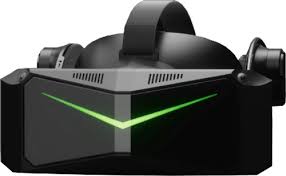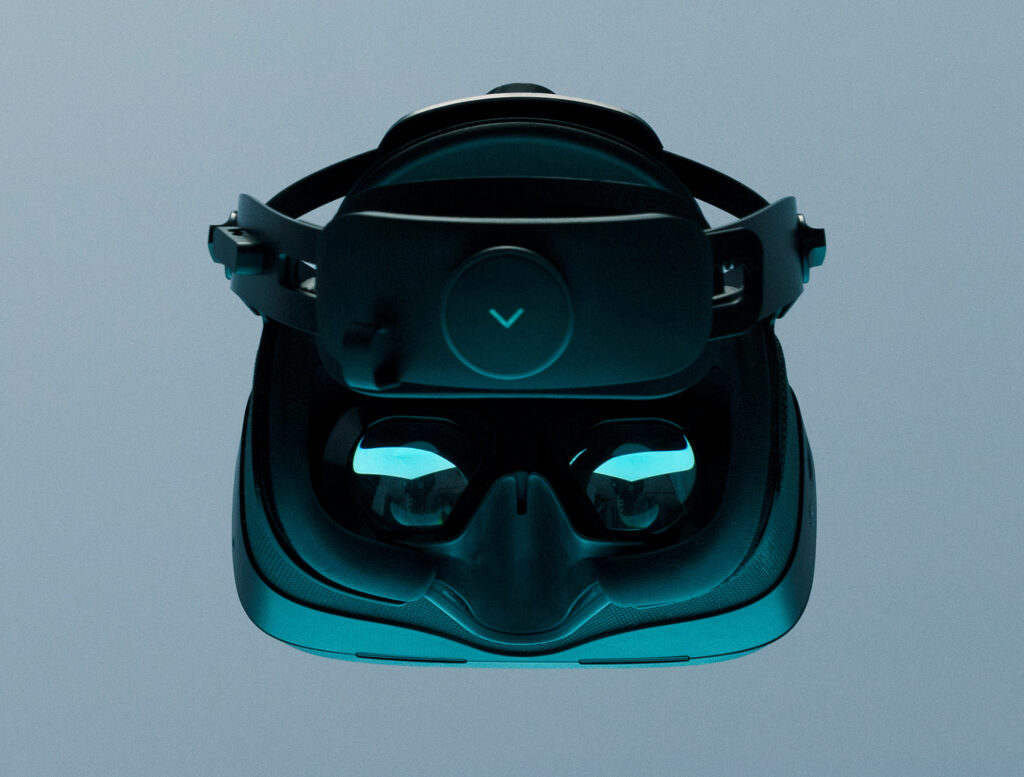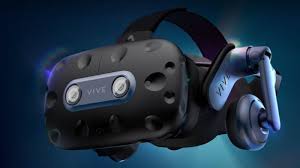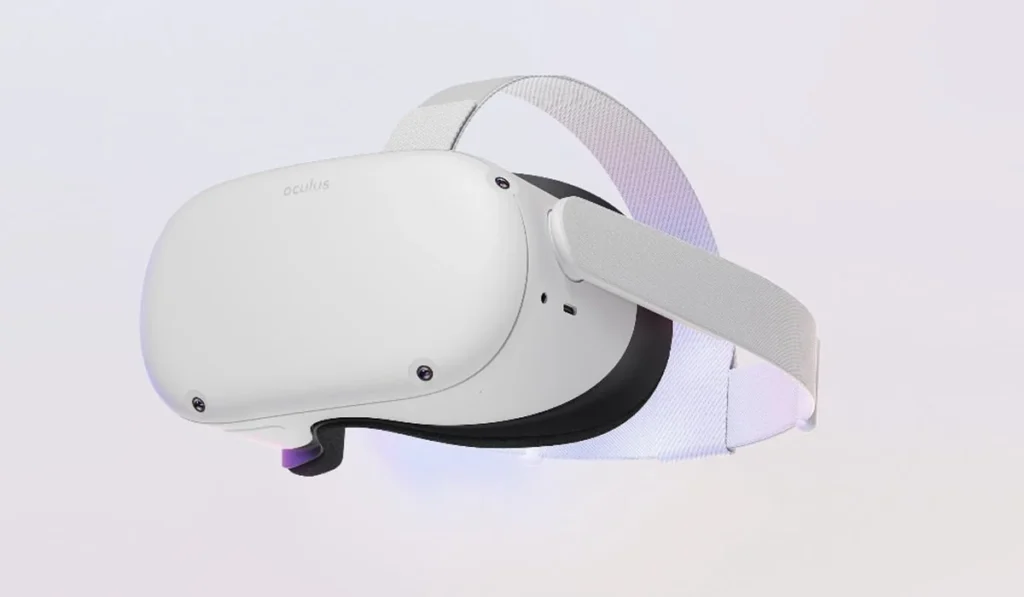Imagine this: You’re not just watching your favorite film; you’re in it. The sweeping landscapes surround you, the action unfolds mere inches from your face, and the emotional impact of every scene is amplified tenfold. This is the magic of virtual reality (VR) cinema, and the key to unlocking this immersive experience is choosing a VR headset with the best resolution for movies.
But what exactly does “resolution” mean in the VR world? And why should movie buffs care? In this ultimate guide, we’ll break down everything you need to know about resolution and reveal the top VR headsets that will transform your living room into the ultimate cinematic escape. Get ready to elevate your movie nights like never before.
Why Resolution Matters: Unveiling the Immersive Power for VR Movies
If you’re a movie lover, you know that crisp visuals are essential to fully appreciate the artistry of cinema. In the world of VR, resolution is the difference between feeling like you’re watching a movie on a giant, crystal-clear screen and staring at a pixelated mess.
What is Resolution, Anyway?
Resolution refers to the number of pixels (tiny dots of light) that make up the image you see in your VR headset. The higher the resolution, the more pixels, resulting in a sharper, more detailed image. It’s like comparing a standard definition TV to a 4K TV – the difference is night and day.
The Screen Door Effect and Why It Matters
In VR, low resolution can lead to something called the “screen door effect” (SDE). This is when you can see the tiny spaces between the pixels, like looking through a screen door. Higher resolution VR headsets minimize the SDE, creating a more immersive experience where you’re less aware of the technology and more focused on the movie itself.
Text Clarity: More Than Just Pretty Pictures
High resolution isn’t just about visuals; it also affects text clarity. If you’re watching a foreign film with subtitles, or navigating menus in a VR app, a high-resolution headset ensures that the text is crisp and easy to read.
Smooth Moves: Refresh Rate and Motion
Another important factor is refresh rate, which is how often the image in your headset is updated per second. A higher refresh rate (e.g., 90Hz or 120Hz) results in smoother motion, especially important for action movies or fast-paced scenes.
The Bottom Line
When choosing a VR headset for movies, resolution is paramount. It directly impacts image quality, immersion, and overall enjoyment. Let’s dive into the top contenders that deliver the cinematic experience you crave.
Top 5 VR Headsets with the Best Resolution for Movies
Now that we’ve established why resolution matters, let’s explore the VR headsets that reign supreme for cinematic immersion. These contenders not only boast impressive pixel counts but also offer a combination of features that enhance your movie-watching experience:

Pimax Crystal: A Resolution Powerhouse for Cinematic VR
If you’re a pixel peeper who demands the absolute best visual clarity, the Pimax Crystal is your holy grail. With dual native 4K displays per eye, it delivers an astonishing combined resolution of 7680 x 2160 pixels. That’s roughly 16 million pixels per eye, ensuring unparalleled detail and virtually eliminating the screen door effect.
Pros
- Unmatched Clarity: Immerse yourself in the finest details of your favorite films.
- Large Field of View: Experience a wider cinematic perspective, similar to IMAX.
- Comfortable Design: Enjoy long movie sessions without discomfort.
Cons
- High Price Point: This premium headset comes with a premium price tag.
- Requires a Powerful PC: You’ll need a high-end PC to drive its full potential.
- Limited Content Library: Not all VR content is optimized for its ultra-high resolution.
Ideal Viewer Profile
The Pimax Crystal is perfect for the discerning cinephile who prioritizes visual fidelity above all else. If you’re willing to invest in top-tier hardware and crave the ultimate VR movie experience, this is your headset.

Varjo Aero : The Sharpest VR for Film Enthusiasts
The Varjo Aero is another powerhouse in the resolution arena. It utilizes mini-LED displays with local dimming zones, resulting in exceptional contrast and deep blacks, which is particularly beneficial for dark scenes in movies. Its per-eye resolution of 2880 x 2720 pixels might not match the Pimax Crystal, but it still delivers a stunningly sharp image.
Pros
- Exceptional Sharpness: Enjoy crystal-clear visuals with minimal SDE.
- Superb Contrast: Deep blacks and vibrant colors enhance the cinematic experience.
- Comfortable and Lightweight: Ideal for long movie sessions.
Cons
- High Price Point: The Aero is also a premium headset.
- Requires a Powerful PC: Like the Crystal, you’ll need a high-end rig.
- Narrower Field of View: Compared to some other headsets, its FOV is slightly limited.
Ideal Viewer Profile
The Varjo Aero is a fantastic choice for movie lovers who prioritize image quality and appreciate the nuances of visual storytelling. If you want a VR headset that makes you feel like you’re sitting in a luxurious movie theater, the Aero is worth considering.

HTC Vive Pro 2: The Professional-Grade VR Headset for Movie Enthusiasts
The HTC Vive Pro 2 has long been a favorite among VR enthusiasts, and for good reason. It boasts dual LCD panels with a combined resolution of 4896 x 2448 pixels, delivering sharp visuals with minimal screen door effect. While it might not reach the dizzying heights of the Pimax Crystal or the Varjo Aero, the Vive Pro 2 still offers a stunningly immersive cinematic experience.
Pros
- High Resolution: Enjoy crisp and detailed visuals in your VR movies.
- Wide Field of View: Immerse yourself in expansive virtual environments.
- SteamVR Tracking: Precise and reliable tracking for a seamless VR experience.
- Extensive Content Library: Access a vast library of VR movies and experiences on SteamVR.
Cos
- Pricey: The Vive Pro 2 is a high-end headset with a price to match.
- Requires a Powerful PC: You’ll need a capable gaming PC to run it smoothly.
- Bulky Design: It’s not the most lightweight or compact headset.
Ideal Viewer Profile
The HTC Vive Pro 2 is ideal for those who value a combination of high resolution, wide field of view, and access to a vast content library. If you’re a VR enthusiast who enjoys a variety of experiences, including movies, the Vive Pro 2 is a solid choice.

HP Reverb G2: The Affordable High-Resolution VR Headset for Movies
The HP Reverb G2 is a more budget-friendly option that doesn’t skimp on resolution. With dual LCD panels boasting a combined resolution of 4320 x 2160 pixels, it delivers sharp visuals that rival some of the more expensive headsets on this list..
Pros
- Excellent Resolution: Enjoy crisp visuals without breaking the bank.
- Comfortable Design: The G2 is known for its comfortable fit, making it suitable for long movie sessions.
- Windows Mixed Reality: Seamless integration with the Windows Mixed Reality platform.
Cons
- Limited Field of View: Its field of view is narrower than some other headsets.
- Tracking Issues: Some users have reported tracking issues with the G2’s controllers.
- Limited Content Library: The Windows Mixed Reality platform has a smaller content library compared to SteamVR.
Ideal Viewer Profile
The HP Reverb G2 is perfect for budget-conscious movie lovers who still want to enjoy high-resolution VR experiences. It’s a great entry point into the world of cinematic VR without the need for a hefty investment.

Meta Quest 2: The Best Standalone VR Headset for Movies on a Budget
While not known for having the absolute highest resolution, the Meta Quest 2 (formerly Oculus Quest 2) deserves a spot on this list for its affordability, convenience, and surprisingly good visuals for movie watching. With a combined resolution of 3664 x 1920 pixels, it might not match the sharpness of the premium headsets, but it still delivers a satisfying cinematic experience, especially when paired with high-quality video content.
Pros
- Affordability: The Quest 2 is significantly cheaper than other high-resolution VR headsets.
- Standalone Convenience: No PC or cables required, making it easy to set up and use anywhere.
- Decent Resolution: While not the highest, it still offers good visuals for most movies.
- Large Content Library: Access a vast library of VR movies and experiences on the Meta Quest Store.
Cons
- Lower Resolution: Image quality isn’t as sharp as premium headsets, and SDE is more noticeable.
- Limited Storage: The base model has limited storage, which can be an issue for downloading large movie files.
- Battery Life: Battery life is average, so you might need to recharge during longer movies.
Ideal Viewer Profile
The Meta Quest 2 is perfect for those who want an affordable and convenient way to watch movies in VR. It’s a great option for casual viewers or those who are new to VR and don’t want to invest in a high-end PC and headset.
Elevating Your VR Movie Night: Tips & Tricks
Now that you’ve chosen your high-resolution VR headset, let’s optimize your movie-watching experience:
- Choosing the Right Video Player: There are several excellent VR video players available, each with its own strengths. Bigscreen is a popular choice for its social features and support for various video formats. Skybox VR is known for its intuitive interface and customization options. Experiment with different players to find one that suits your preferences.
- Optimizing Video Settings: Adjusting video settings can significantly impact visual quality. Experiment with resolution, bitrate, and encoding settings to find the sweet spot between visual fidelity and smooth playback. Some VR video players even offer AI-powered upscaling, which can enhance the clarity of lower-resolution videos.
- Sound Considerations: Sound is just as important as visuals for an immersive movie experience. Invest in a good pair of headphones or earphones for the best audio quality. If you prefer not to wear headphones, many VR headsets offer built-in audio solutions that are surprisingly good.
- Creating the Perfect VR Home Theater: Set the mood by dimming the lights, adjusting your seating position for optimal comfort, and ensuring you have enough space to move around if you’re watching 360-degree videos. Consider investing in accessories like a VR headset stand or a comfortable swivel chair to enhance your viewing experience.
Frequently Asked Questions (FAQ)
Here are answers to some of the most common questions about VR headsets and watching movies in VR:
Q: What is the ideal resolution for a VR headset to watch movies?
A: For a truly immersive cinematic experience, you’ll want a VR headset with a minimum combined resolution of 3840 x 2160 pixels (4K) per eye. However, the higher the resolution, the better the visual clarity and immersion. Some high-end headsets, like the Pimax Crystal and Varjo Aero, offer resolutions that exceed 4K per eye, delivering unparalleled visual fidelity.
Q: Which VR headsets have the best resolution for watching 3D movies?
A: Any high-resolution VR headset can be used to watch 3D movies, as long as the video player software supports 3D playback. However, headsets with higher resolutions, like the Pimax Crystal and Varjo Aero, will provide a more immersive 3D experience with sharper visuals and minimal ghosting.
Q: Can I watch Netflix and other streaming services on my VR headset?
A: Yes, you can watch Netflix and other popular streaming services on most VR headsets. Many VR video players have built-in support for streaming platforms, or you can access them through the headset’s web browser. However, the video quality might vary depending on the headset’s resolution and the streaming service’s compression settings.
Q: Are there VR headsets that don’t require a PC for watching movies?
A: Absolutely! Standalone VR headsets like the Meta Quest 2 offer a convenient way to watch movies without the need for a PC or cables. You can download movies directly to the headset or stream them from supported services. However, standalone headsets generally have lower resolutions compared to PC-powered ones.
Q: What’s the difference between LCD and OLED displays in VR headsets?
A: LCD and OLED are the two main display technologies used in VR headsets. LCD panels are generally more affordable and offer good color reproduction, but they can suffer from slower response times and less deep blacks. OLED panels offer superior contrast, deeper blacks, and faster response times, resulting in a more immersive experience, but they are usually more expensive.
The Future of VR Cinema: Beyond High Resolution
The future of VR cinema is bright, with advancements that go beyond just higher resolutions. Foveated rendering, a technology that focuses the highest resolution on the area where you’re looking, promises to optimize performance and reduce the demands on hardware. As VR headsets become more powerful and affordable, we can expect a wider range of immersive movie experiences, from interactive narratives to live-action VR films.
The film industry is also taking notice, with more studios exploring the potential of VR as a storytelling medium. VR could revolutionize the way we experience movies, allowing us to become active participants in the story rather than passive observers.
Streaming platforms like Netflix and Hulu are already investing in VR content, and as the technology matures, we can expect to see a growing library of VR movies and TV shows available for streaming. This will further democratize access to VR cinema, making it more accessible to a wider audience.




